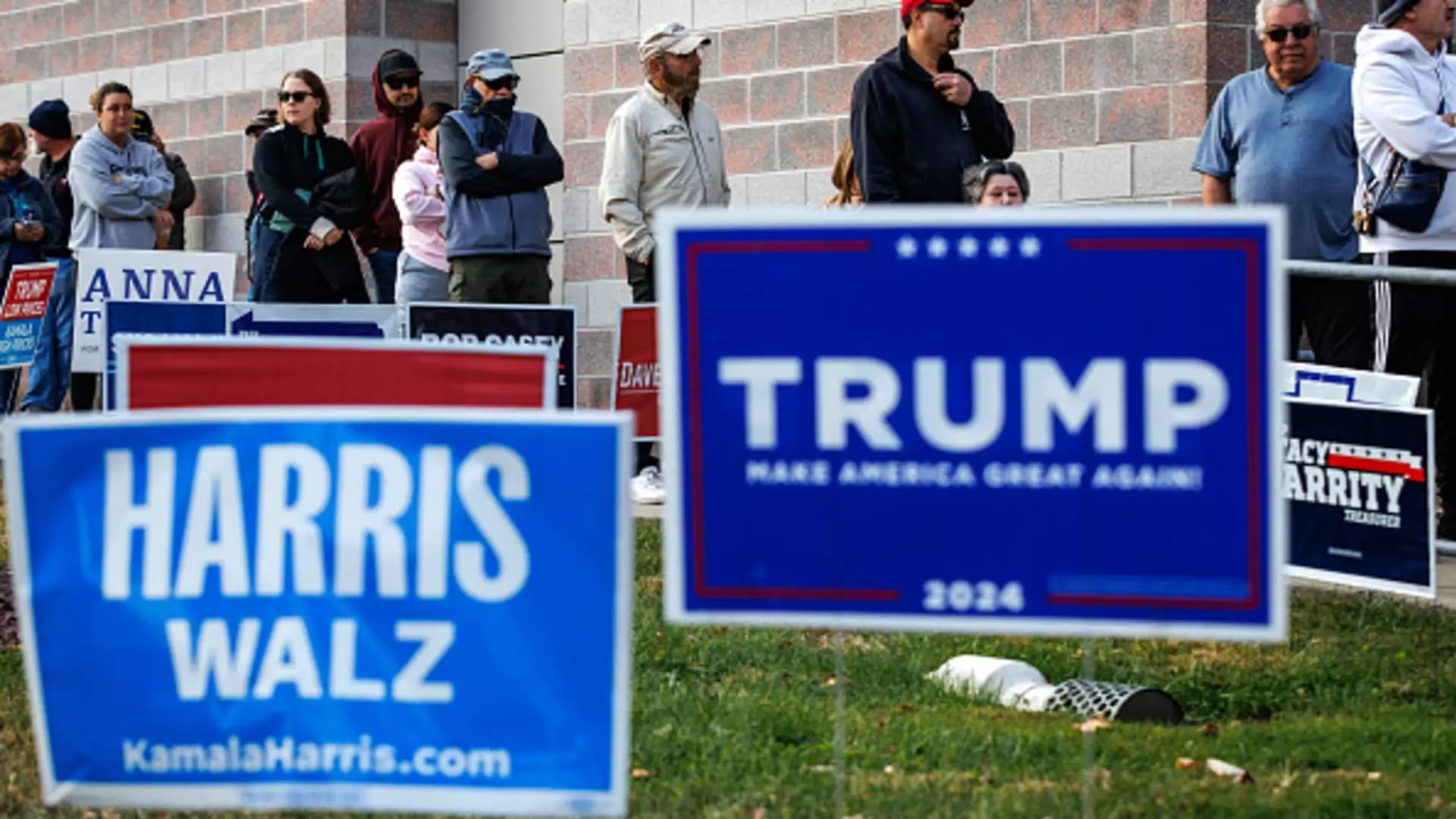In the aftermath of recent elections, a profound sense of unease has emerged among older voters regarding their financial well-being. A post-election poll conducted by AARP revealed startling insights; a significant portion of voters aged 50 and over feel worse off now than they did four years ago. This skepticism, particularly within competitive Congressional districts, hints at a deeper shift in political allegiances among this demographic. As America grapples with economic uncertainty, understanding the voting behavior of this influential age group could provide valuable lessons for both political parties.
The survey results indicate that nearly half (47%) of older voters report feeling worse off today. This sentiment was particularly pronounced among swing voters in this age cohort, where 55% echoed the same feeling. Such stark numbers reveal a worrying trend, as this demographic not only constitutes a significant portion of the electorate but also plays a critical role in key congressional races. The marginal victories seen by President-elect Donald Trump suggest that these voters, who traditionally lean Republican, are increasingly aligning their votes based on immediate economic concerns rather than party loyalty.
A significant aspect of this survey was the revelation that economic worries take precedence over other issues. In a separate AARP survey, it was reported that a staggering 62% of voters aged 50 and above expressed concern about their financial situations, mirroring the priorities of the overall electorate. This correlation underscores the urgency for political candidates to address these pressing economic issues rather than solely focusing on partisan policies.
Determining what drives the voting behavior of older Americans leads directly to concerns regarding inflation and its impact on daily life. The AARP poll identified rising food costs as the foremost concern for 39% of older respondents. Health care and prescription drug prices were next, worrying 20% of those surveyed, followed by housing costs (14%), fuel prices (10%), and utility costs (6%). Such financial strains can drastically influence electoral outcomes, as voters prioritize their immediate economic realities over aspirational policies.
Interestingly, despite a general tilt towards the Republicans on personal economic issues, AARP’s findings revealed that older voters still largely favor Democrats when it comes to Social Security. Given that Social Security serves as a critical lifeline for many older Americans—over 42% of those aged 65 and above derive at least half their income from it—this could create a complex dynamic for candidates hoping to win their trust.
Historical Context and Future Implications
Historically, Social Security has been a cornerstone issue for Democrats, and the shifting recognition among older voters suggests that this support is fraying. Bob Ward, a Republican pollster, pointed out that capturing older voters is imperative for both parties moving into future elections, particularly with regard to establishing policies surrounding Social Security. With the trust fund projected to run dry by 2033, creating sustainable solutions has become an urgent matter.
Both presidential candidates acknowledged the significance of Social Security during their campaigns; however, they failed to propose robust strategies for its long-term viability. The lack of a clear roadmap complicates matters, especially with essential programs like Medicare likewise facing potential fiscal difficulties.
Aside from the pressing financial matters, older voters are also concerned about health care reforms. The inclination for policies that negotiate prescription drug prices—a widely supported initiative among voters aged 50 and over—underscores the multifaceted challenges this demographic encounters. They wish for the security that comes not just from guaranteed income through Social Security but also reliable, affordable health care.
Non-financial matters such as immigration, border security, and threats to democracy, while instrumental in influencing voter sentiment, often take a backseat to pressing economic concerns during elections. Thus, any political strategy aiming to engage this demographic must incorporate a holistic perspective that marries both financial security and broader societal issues.
The insights from the AARP poll reflect a critical juncture for older voters. With a missive market of economic worries taking precedence over traditional party alignments, both Republicans and Democrats face an uphill battle in restoring confidence among this vital voting bloc. As political dynamics shift and evolve, addressing the concerns of older Americans—especially regarding Social Security and economic security—will undoubtedly dictate electoral outcomes in the future. Political campaigns must become increasingly attuned to this demographic’s needs to capture their loyalty, ensuring that their voices are not only heard but also addressed in meaningful ways.

